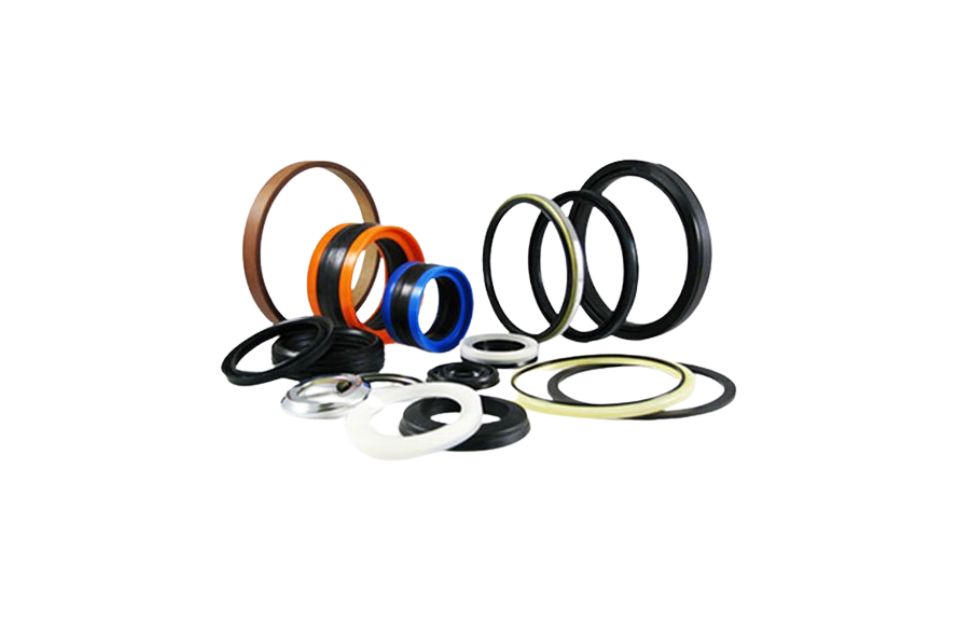Hydraulic Seal
Hydraulic seals are essential components in hydraulic systems that help prevent leakage of hydraulic fluid and maintain the system's efficiency. These seals are designed to contain and control the fluid within hydraulic cylinders, valves, pumps, and other components. They play a crucial role in ensuring that hydraulic systems function optimally by preventing the escape of pressurized fluid and protecting the system from contaminants.

The Key points about Hydraulic Seal:
Function:
The primary function of hydraulic seals is to prevent the leakage of hydraulic fluid from cylinders and other components. They help maintain the integrity of the system and ensure that it operates efficiently.
Types of Hydraulic Seals:
- There are various types of hydraulic seals, each designed for specific applications. Common types include:
- O-Rings: Circular seals that are placed in a groove to prevent fluid leakage.
- Rod Seals: Installed on the shaft or rod of a hydraulic cylinder to prevent fluid from leaking out.
- Piston Seals: Fitted in the piston of a hydraulic cylinder to prevent fluid from passing the piston.
- Wear Rings: Used to guide the piston and rod in a hydraulic cylinder, reducing friction and preventing metal-to-metal contact.
- U-Cups and Wiper Seals: Designed to wipe contaminants off the rod and prevent them from entering the hydraulic system.
Materials:
Hydraulic seals are made from various materials depending on the application, including rubber, polyurethane, PTFE (polytetrafluoroethylene), and other elastomers. The choice of material depends on factors such as fluid compatibility, temperature, and pressure.
Installation:
Proper installation of hydraulic seals is crucial for their effectiveness. They are often placed in specific grooves or recesses in hydraulic components.
Applications:
Hydraulic seals are used in a wide range of applications, including hydraulic cylinders in industrial machinery, construction equipment, agricultural machinery, aircraft, and automotive systems.
Preventing Contamination:
Hydraulic seals not only prevent fluid leakage but also play a role in keeping contaminants such as dust, dirt, and moisture out of the hydraulic system. This helps maintain the cleanliness of the hydraulic fluid.
Maintenance:
Regular inspection and replacement of hydraulic seals are essential for the proper functioning of hydraulic systems. Damaged or worn-out seals can lead to leaks and decreased system performance.
Customization:
Hydraulic seals can be customized based on specific requirements, taking into account factors such as size, shape, and material composition.
Why Choose Hydraulic Seal ?
Hydraulic seals are critical components that contribute to the reliability and efficiency of hydraulic systems. Proper selection, installation, and maintenance of hydraulic seals are essential for ensuring the long-term performance of hydraulic equipment.
